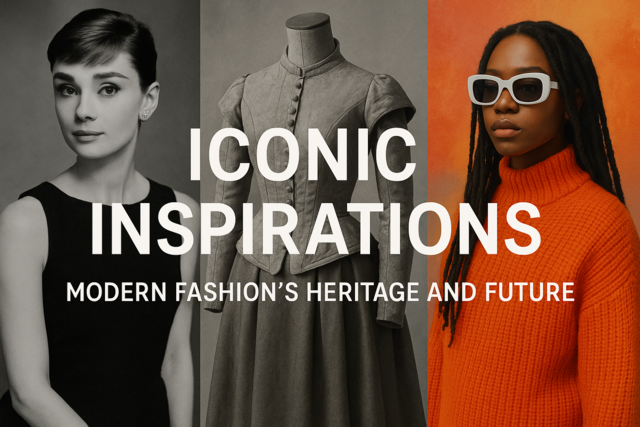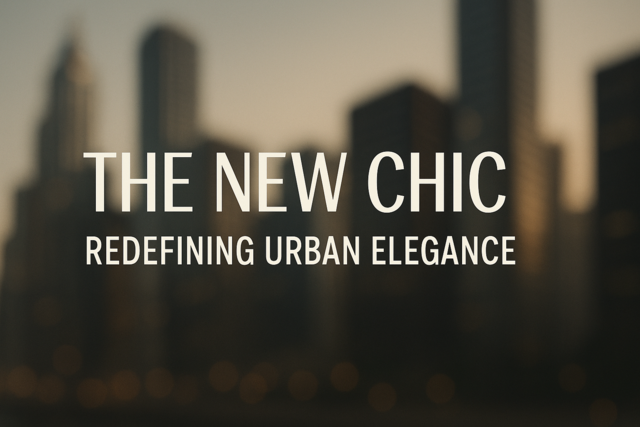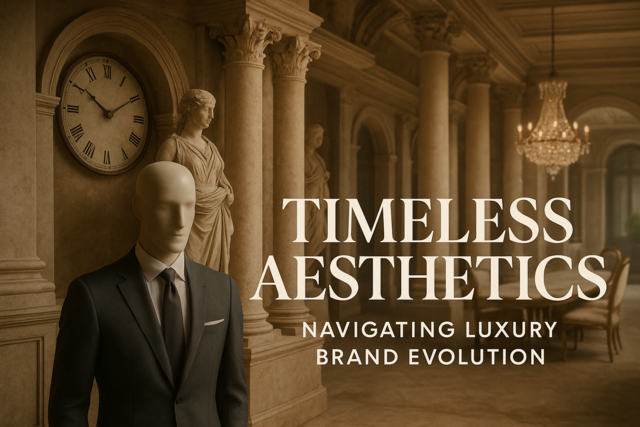Online Class: Vintage Visions — Integrating Past Styles in Modern Luxury

-
15Lessons
-
22Exams &
Assignments -
7Hours
average time -
0.7CEUs
Course Description
Vintage Visions: Integrating Past Styles in Modern Luxury
Step into a journey through time with "Vintage Visions: Integrating Past Styles in Modern Luxury," a course meticulously designed to transmute the charms of yesteryears into the sophistication of present-day opulence. Imagine your career akin to a richly woven tapestry where history converges with tomorrow's trends. This is not just a course—it is your golden key to understanding and capturing the magic of integrating vintage aesthetics into modern luxury.
Picture yourself standing on a bridge that connects eras—one side basked in the grandeur of past aesthetics, the other, in the sleekness of contemporary design. This course gives you the tools to construct and traverse this bridge, bringing with you the timeless elegance and the historical wealth of design movements such as Baroque, Art Deco, and Mid-Century Modern, seamlessly into today's high-paced luxury landscape.
Every module in this course is like stepping into a different epoch, offering unparalleled insights into the enduring appeal of classic designs and their unrivaled potential in redefining sophisticated elegance. You'll unlock the secrets of historical craftsmanship, enabling you to create spaces and fashion that resonate with the narrative depth of reclaimed materials and classical motifs. As you delve into the iconic aesthetics of past styles, you will appreciate how simplicity and functionality are interwoven in mid-century modern design, or how Art Deco's vibrant visuals speak to a world captivated by innovation.
Your journey won't stop at absorbing retro styles. The course is an invitation to breathe fresh life into these traditional motifs, crafting not just spaces, but entire experiences that resonate deeply with modern audiences. You will discover how the boldness of the 70s and 80s continues to reverberate in today's designs, maintaining a dialogue that celebrates cultural diversity and innovation. Dive deeper into the tactile world of textures and textiles, where heritage materials—be it tapestries woven in stories or the rich hues of Victorian palettes—are reimagined for contemporary brilliance.
Beyond the alchemy of design, this course is a masterclass in storytelling, where each historical piece, each vintage element is not just a decorative aspect but a tale waiting to be told and retold. Through the art of provenance, you will learn to pinpoint the journeys of antiques, transforming each acquisition into a cherished narrative thread that connects generations and elevates them to the status of family heirlooms.
Yet, what truly sets this course apart is its emphasis on today's values alongside past aesthetics. As you immerse in the glamour of bygone eras, you'll also embrace the movement towards eco-friendly practices. From understanding the environmental benefits of sustaining a patina to integrating sustainable materials in Gothic-modern designs, this course equips you with a mindset that values longevity, durability, and sustainability just as highly as aesthetic beauty.
"Vintage Visions: Integrating Past Styles in Modern Luxury" is not a mere academic exercise; it's a transformative experience where history meets a future you help shape, crafting a design narrative unique to you and your career. As you master these skills, you will find that your ventures are imbued with a depth of understanding that sets them apart in a competitive landscape. Your work will not just catch the eye—it will speak to the soul.
So join us, and let your journey be one not just of professional growth, but of personal enrichment. Embrace this opportunity to turn the lessons of the past into the victories of today. Let "Vintage Visions" be the compass that guides you not only through design but through a cultural evolution that celebrates the beauty and intricacy of intertwining history with modernity in the sphere of luxury. With every lesson, you'll find yourself better equipped to create, innovate, and lead with purpose and passion.
- Business
- Business Ethics Courses
- Harassment Prevention Courses
- Human Resources Certifications
- Management
- Aromatherapy Courses
- Caregiver Courses
- Career Development Courses
- Communications Courses
- Confidence and Self Esteem Courses
- Healing
- Human Anatomy Courses
- Medical Skills
- Health & Medicine
- Nutrition
- Marketing
- Microsoft Office Certification Courses
- Life Coaching Courses
- Self-Improvement
- Small Business Certifications
- Safety
- Writing Improvement
- Business Writing Courses
Course Lessons
Lesson 1. Vintage Meets Modern: A Design Dialogue
 Lesson discussions: Reasons for Taking this Course
Lesson discussions: Reasons for Taking this Course Complete: Lesson 1 Activity
Complete: Lesson 1 Activity Assessment: Lesson 1 Review Exam
Assessment: Lesson 1 Review Exam
Lesson 2. Iconic Aesthetics: Integrating Mid-Century Modern in Contemporary Spaces
 Assessment: Lesson 2 Review Exam
Assessment: Lesson 2 Review Exam
Lesson 3. Art Deco: The Essence of 1920s Luxury Redefined for Today
 Complete: Lesson 3 Activity
Complete: Lesson 3 Activity Assessment: Lesson 3 Review Exam
Assessment: Lesson 3 Review Exam
Lesson 4. Crafting Spaces with Victorian Elements for a Contemporary Edge
 Assessment: Lesson 4 Review Exam
Assessment: Lesson 4 Review Exam
Lesson 5. The Enduring Influence of Regency Design
 Complete: Lesson 5 Activity
Complete: Lesson 5 Activity Assessment: Lesson 5 Review Exam
Assessment: Lesson 5 Review Exam
Lesson 6. The Evolution of Rustic Elegance
 Complete: Lesson 6 Activity
Complete: Lesson 6 Activity Assessment: Lesson 6 Review Exam
Assessment: Lesson 6 Review Exam
Lesson 7. Retro Influence in Modern Luxury
 Complete: Lesson 7 Activity
Complete: Lesson 7 Activity Assessment: Lesson 7 Review Exam
Assessment: Lesson 7 Review Exam
Lesson 8. Woven Histories: The Impacts of Traditional Textiles
 Complete: Lesson 8 Activity
Complete: Lesson 8 Activity Assessment: Lesson 8 Review Exam
Assessment: Lesson 8 Review Exam
Lesson 9. The Art of Provenance
 Complete: Lesson 9 Activity
Complete: Lesson 9 Activity Assessment: Lesson 9 Review Exam
Assessment: Lesson 9 Review Exam
Lesson 10. Baroque Grandeur: From Historical Splendor to Contemporary Luxury
 Assessment: Lesson 10 Review Exam
Assessment: Lesson 10 Review Exam
Lesson 11. Patina's Role in Modern Luxury Design
 Assessment: Lesson 11 Review Exam
Assessment: Lesson 11 Review Exam
Lesson 12. Creating Majestic Spaces: A Gothic Revival in Modern Design
 Assessment: Lesson 12 Review Exam
Assessment: Lesson 12 Review Exam
Lesson 13. Craftsmanship and Innovation: Integrating Vintage Aesthetics into Modern Designs
 Assessment: Lesson 13 Review Exam
Assessment: Lesson 13 Review Exam
Lesson 14. Heritage Revival in Contemporary Fashion and Design
 Assessment: Lesson 14 Review Exam
Assessment: Lesson 14 Review Exam
Lesson 15. Historic Design, Modern Luxury
 Lesson discussions: End of Course Poll; Course Comments
Lesson discussions: End of Course Poll; Course Comments Assessment: Lesson 15 Review Exam
Assessment: Lesson 15 Review Exam
Learning Outcomes
- Define and differentiate key elements of vintage architectural styles such as Baroque, Neoclassical, and Art Deco, and their application in contemporary designs.
- Demonstrate the integration of historical design elements into modern spaces, assessing their impact on aesthetics and functionality in luxury interiors.
- Define the historical influences and key characteristics of mid-century modern design, such as simplicity, clean lines, and new materials, in interior spaces.
- Evaluate the ways in which mid-century modern design principles, like functional elegance and organic forms, can be effectively integrated into modern luxury interiors.
- Define the key elements of Art Deco design, including geometric shapes, luxurious materials, and bold color contrasts.
- Identify modern applications of Art Deco in luxury design, such as architecture, fashion, and interior decoration.
- Define how integrating Victorian architectural elements into modern interiors enhances aesthetic appeal and functionality by analyzing specific examples.
- Demonstrate the use of Victorian color palettes in contemporary settings to create a balanced and sophisticated ambiance by employing complementary modern design elements.
- Define the key elements of Regency style, such as symmetry and classical motifs, and integrate them into a modern luxury design project with measurable accuracy.
- Demonstrate the ability to contrast and adapt historical Regency design principles, like the use of exotic materials, into contemporary luxury interiors for enhanced sophistication.
- Define how traditional country style elements can be adapted into modern urban spaces to enhance functionality and aesthetic appeal.
- Identify sustainable practices utilized in urban adaptations of country style design, focusing on materials and energy efficiency solutions.
- Define how 70s and 80s design principles, such as earthy color palettes and bold maximalism, have influenced modern luxury interior spaces.
- Demonstrate mastery of lesson content at levels of 70% or higher.
Additional Course Information
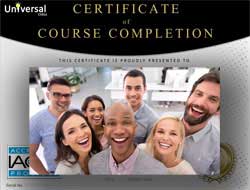
- Document Your Lifelong Learning Achievements
- Earn an Official Certificate Documenting Course Hours and CEUs
- Verify Your Certificate with a Unique Serial Number Online
- View and Share Your Certificate Online or Download/Print as PDF
- Display Your Certificate on Your Resume and Promote Your Achievements Using Social Media

Related Courses
-
 5 hours
0.5 CEUs
The Strangeness of Human Consciousness
+ More Info
5 hours
0.5 CEUs
The Strangeness of Human Consciousness
+ More Info
-
 6 hours
0.6 CEUs
Data-Driven Decision Making in Special Education
+ More Info
6 hours
0.6 CEUs
Data-Driven Decision Making in Special Education
+ More Info
-
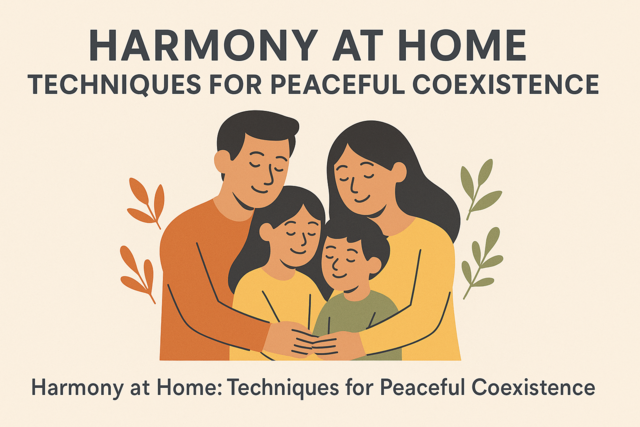 7 hours
0.7 CEUs
Harmony at Home: Techniques for Peaceful Coexistence
+ More Info
7 hours
0.7 CEUs
Harmony at Home: Techniques for Peaceful Coexistence
+ More Info
-
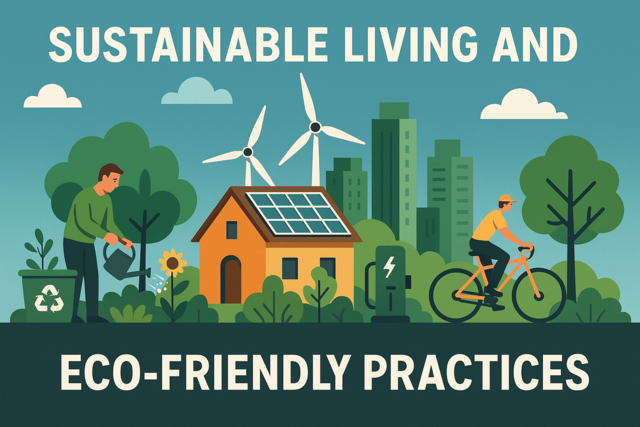 7 hours
0.7 CEUs
Sustainable Living and Eco-Friendly Practices
+ More Info
7 hours
0.7 CEUs
Sustainable Living and Eco-Friendly Practices
+ More Info
-
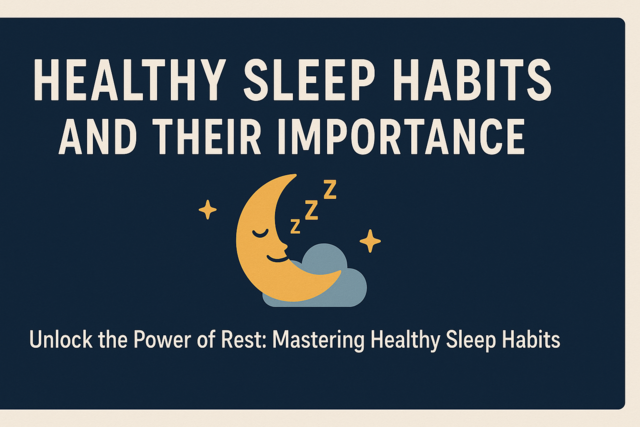 7 hours
0.7 CEUs
Healthy Sleep Habits and Their Importance
+ More Info
7 hours
0.7 CEUs
Healthy Sleep Habits and Their Importance
+ More Info
-
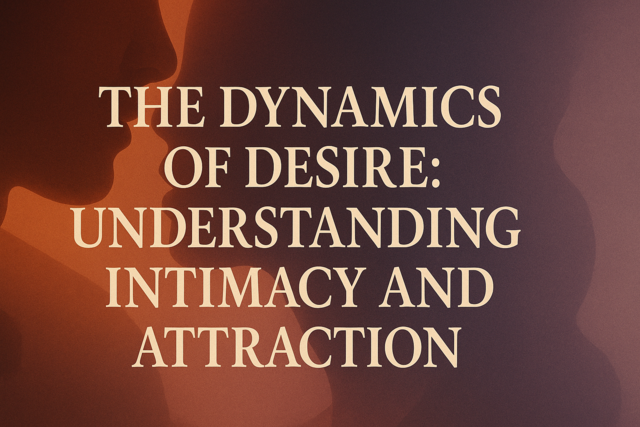 7 hours
0.7 CEUs
The Dynamics of Desire: Understanding Intimacy and Attraction
+ More Info
7 hours
0.7 CEUs
The Dynamics of Desire: Understanding Intimacy and Attraction
+ More Info
-
 6 hours
0.6 CEUs
Culturally Responsive Teaching in Special Education
+ More Info
6 hours
0.6 CEUs
Culturally Responsive Teaching in Special Education
+ More Info
-
 7 hours
0.7 CEUs
Volunteering and Philanthropy Skills
+ More Info
7 hours
0.7 CEUs
Volunteering and Philanthropy Skills
+ More Info
-
 7 hours
0.7 CEUs
Building a Healthy Work Environment
+ More Info
7 hours
0.7 CEUs
Building a Healthy Work Environment
+ More Info
-
 3 hours
0.3 CEUs
Self-Regulation Strategies for Students with Disabilities
+ More Info
3 hours
0.3 CEUs
Self-Regulation Strategies for Students with Disabilities
+ More Info
-
 7 hours
0.7 CEUs
Strategies for Closing the Achievement Gap
+ More Info
7 hours
0.7 CEUs
Strategies for Closing the Achievement Gap
+ More Info
-
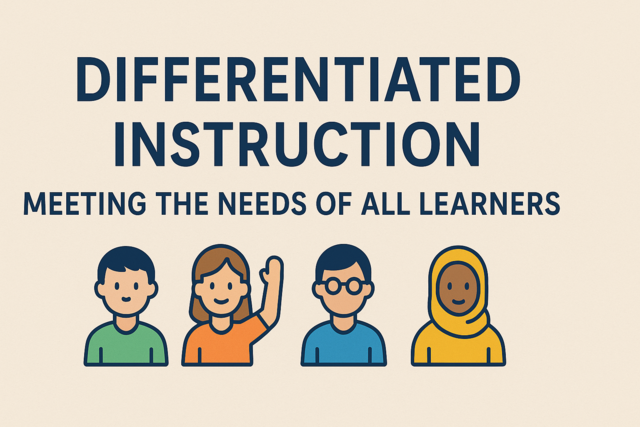 3 hours
0.3 CEUs
Differentiated Instruction: Meeting the Needs of All Learners
+ More Info
3 hours
0.3 CEUs
Differentiated Instruction: Meeting the Needs of All Learners
+ More Info
-
 4 hours
0.4 CEUs
Breathwork for Emotional Balance
+ More Info
4 hours
0.4 CEUs
Breathwork for Emotional Balance
+ More Info
-
 5 hours
0.5 CEUs
Building Emotional Safety Nets: A Guide for Couples
+ More Info
5 hours
0.5 CEUs
Building Emotional Safety Nets: A Guide for Couples
+ More Info
-
 3 hours
0.3 CEUs
Managing Personal Finances
+ More Info
3 hours
0.3 CEUs
Managing Personal Finances
+ More Info
-
 7 hours
0.7 CEUs
The Science of Miracles: When Logic Defies Understanding
+ More Info
7 hours
0.7 CEUs
The Science of Miracles: When Logic Defies Understanding
+ More Info
-
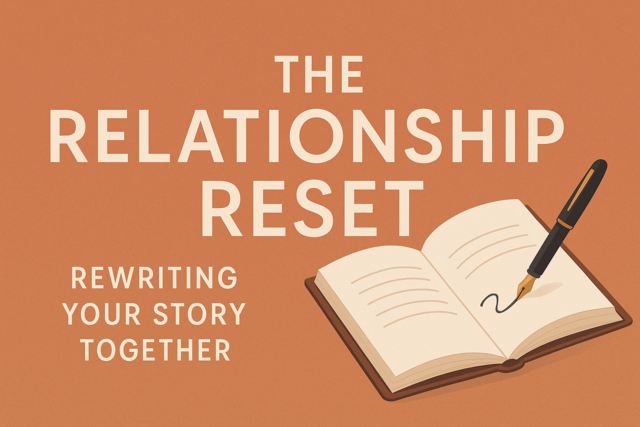 5 hours
0.5 CEUs
The Relationship Reset: Rewriting Your Story Together
+ More Info
5 hours
0.5 CEUs
The Relationship Reset: Rewriting Your Story Together
+ More Info
-
 7 hours
0.7 CEUs
Basics of Entrepreneurship
+ More Info
7 hours
0.7 CEUs
Basics of Entrepreneurship
+ More Info
-
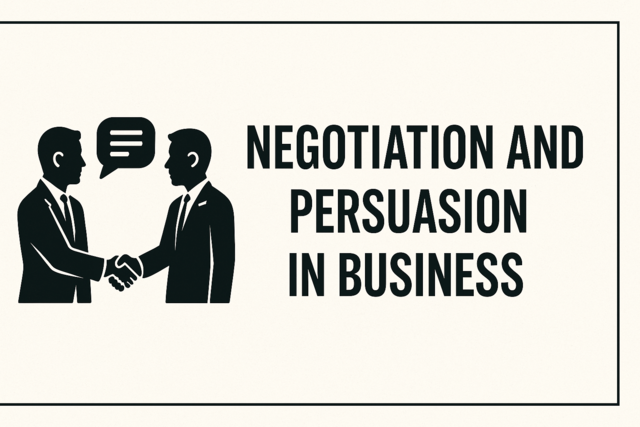 7 hours
0.7 CEUs
Negotiation and Persuasion in Business
+ More Info
7 hours
0.7 CEUs
Negotiation and Persuasion in Business
+ More Info
-
 6 hours
0.6 CEUs
Digital Marketing Fundamentals
+ More Info
6 hours
0.6 CEUs
Digital Marketing Fundamentals
+ More Info
-
 5 hours
0.5 CEUs
The Harmony Hub: Fostering Connection in Busy Lives
+ More Info
5 hours
0.5 CEUs
The Harmony Hub: Fostering Connection in Busy Lives
+ More Info
-
 7 hours
0.7 CEUs
The Unseen Energies in the Universe
+ More Info
7 hours
0.7 CEUs
The Unseen Energies in the Universe
+ More Info
-
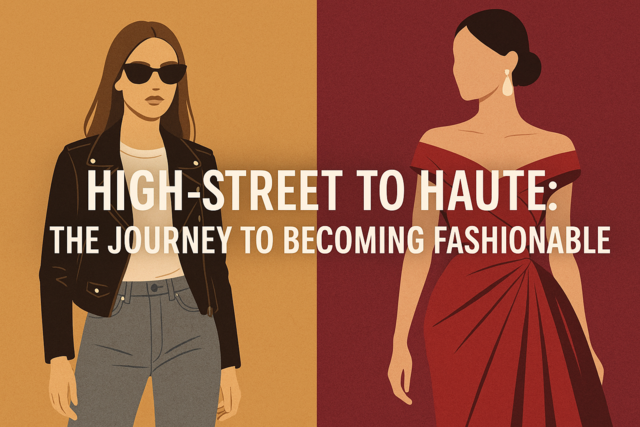 3 hours
0.3 CEUs
High-Street to Haute: The Journey to Becoming Fashionable
+ More Info
3 hours
0.3 CEUs
High-Street to Haute: The Journey to Becoming Fashionable
+ More Info
-
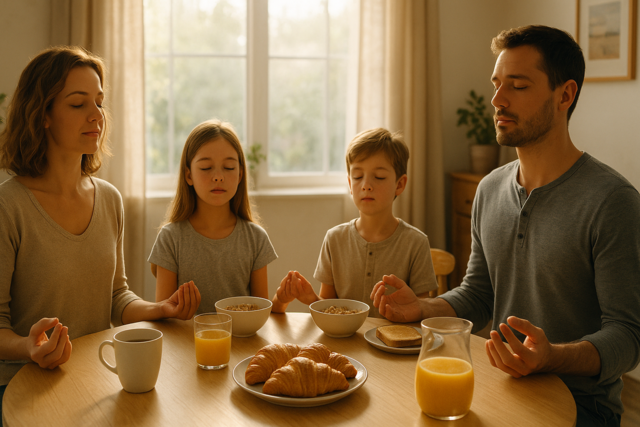 7 hours
0.7 CEUs
Stress Less: Mindful Techniques for Family Harmony
+ More Info
7 hours
0.7 CEUs
Stress Less: Mindful Techniques for Family Harmony
+ More Info
-
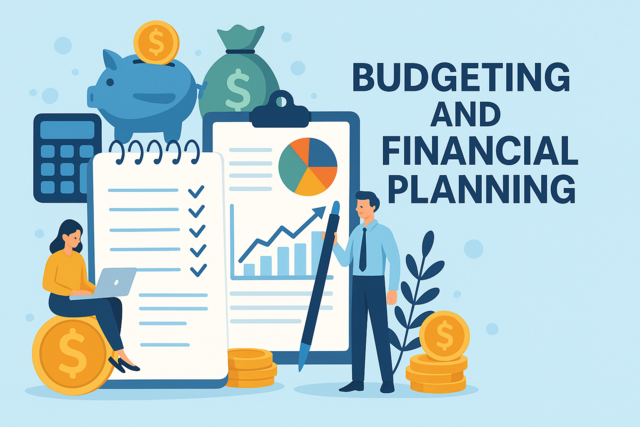 3 hours
0.3 CEUs
Budgeting and Financial Planning
+ More Info
3 hours
0.3 CEUs
Budgeting and Financial Planning
+ More Info
-
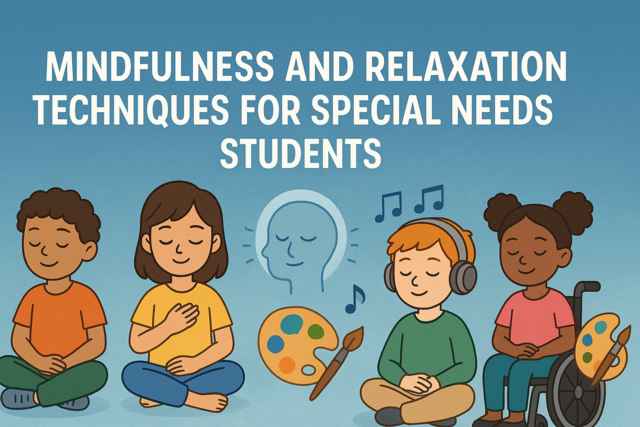 6 hours
0.6 CEUs
Mindfulness and Relaxation Techniques for Special Needs Students
+ More Info
6 hours
0.6 CEUs
Mindfulness and Relaxation Techniques for Special Needs Students
+ More Info
-
 6 hours
0.6 CEUs
Transition Planning: From School to Adult Life
+ More Info
6 hours
0.6 CEUs
Transition Planning: From School to Adult Life
+ More Info
-
 5 hours
0.5 CEUs
Family Dynamics and Trauma: Unraveling the Impact on Relationships
+ More Info
5 hours
0.5 CEUs
Family Dynamics and Trauma: Unraveling the Impact on Relationships
+ More Info
-
 7 hours
0.7 CEUs
Research Frontiers: Contemporary Studies in Trauma and Recovery
+ More Info
7 hours
0.7 CEUs
Research Frontiers: Contemporary Studies in Trauma and Recovery
+ More Info
-
 5 hours
0.5 CEUs
Recognizing and Supporting Gifted Students with Disabilities
+ More Info
5 hours
0.5 CEUs
Recognizing and Supporting Gifted Students with Disabilities
+ More Info
-
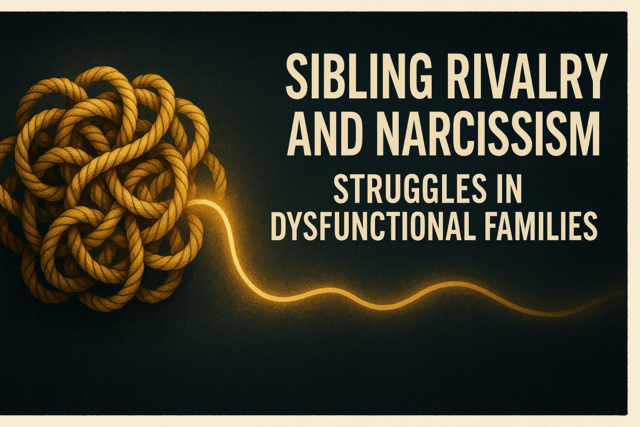 6 hours
0.6 CEUs
Sibling Rivalry and Narcissism: Struggles in Dysfunctional Families
+ More Info
6 hours
0.6 CEUs
Sibling Rivalry and Narcissism: Struggles in Dysfunctional Families
+ More Info
-
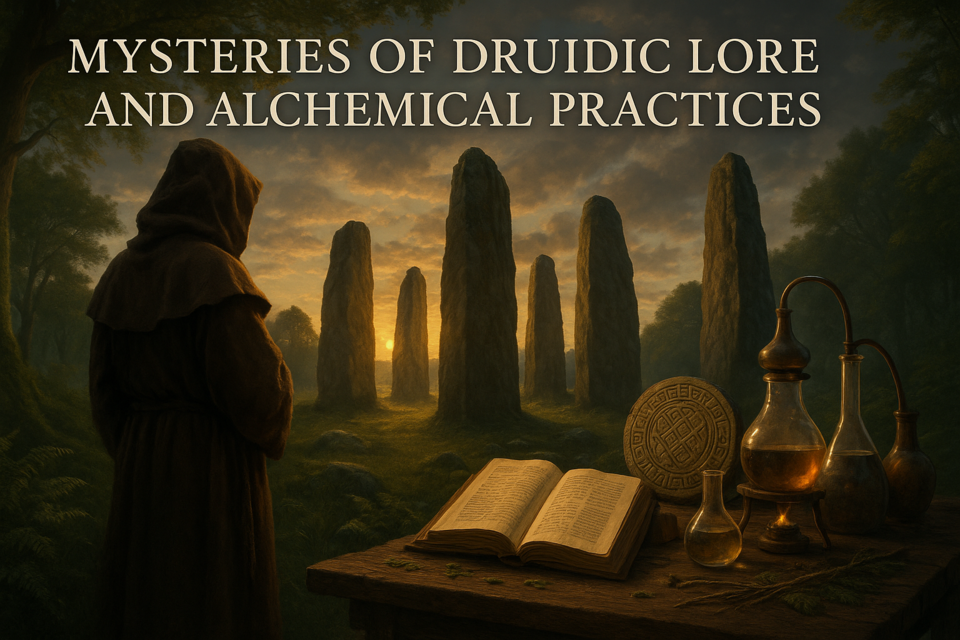 6 hours
0.6 CEUs
Mysteries of Druidic Lore and Alchemical Practices
+ More Info
6 hours
0.6 CEUs
Mysteries of Druidic Lore and Alchemical Practices
+ More Info
-
 5 hours
0.5 CEUs
Developing a Growth Mindset
+ More Info
5 hours
0.5 CEUs
Developing a Growth Mindset
+ More Info
-
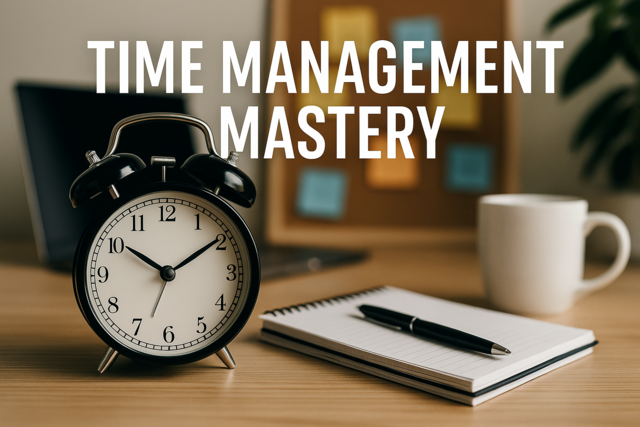 4 hours
0.4 CEUs
Time Management Mastery
+ More Info
4 hours
0.4 CEUs
Time Management Mastery
+ More Info
-
 3 hours
0.3 CEUs
Positive Reinforcement Techniques for Special Educators
+ More Info
3 hours
0.3 CEUs
Positive Reinforcement Techniques for Special Educators
+ More Info
-
 5 hours
0.5 CEUs
Developing a Growth Mindset
+ More Info
5 hours
0.5 CEUs
Developing a Growth Mindset
+ More Info
-
 5 hours
0.5 CEUs
Introduction to Programming for Professionals
+ More Info
5 hours
0.5 CEUs
Introduction to Programming for Professionals
+ More Info
-
 4 hours
0.4 CEUs
Leadership Skills for Emerging Leaders
+ More Info
4 hours
0.4 CEUs
Leadership Skills for Emerging Leaders
+ More Info
-
 7 hours
0.7 CEUs
Effective Communication for the Workplace
+ More Info
7 hours
0.7 CEUs
Effective Communication for the Workplace
+ More Info


